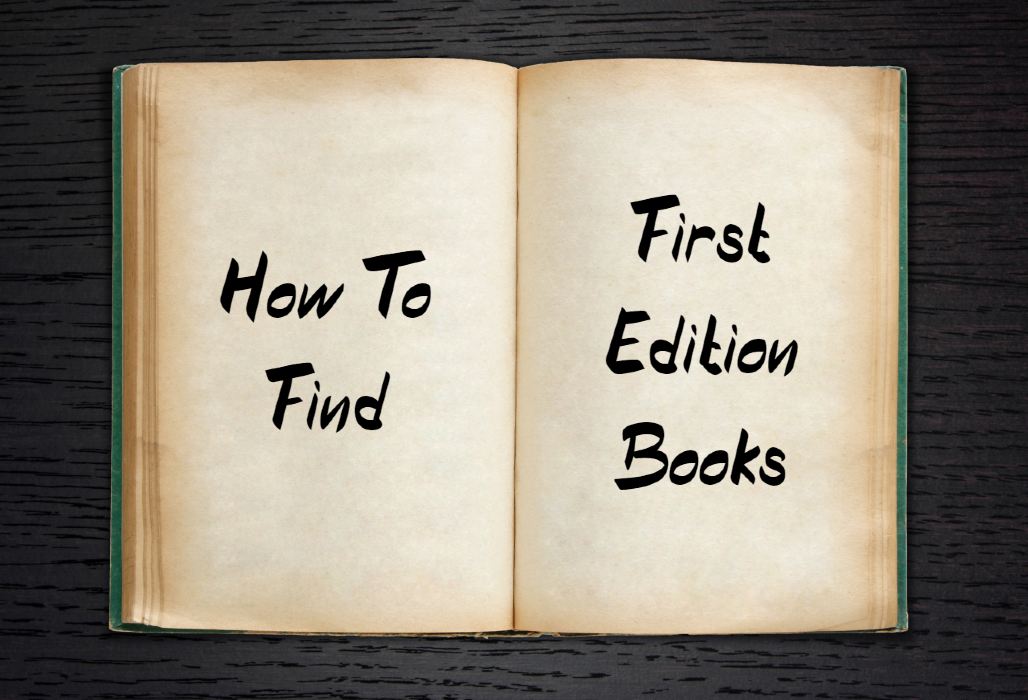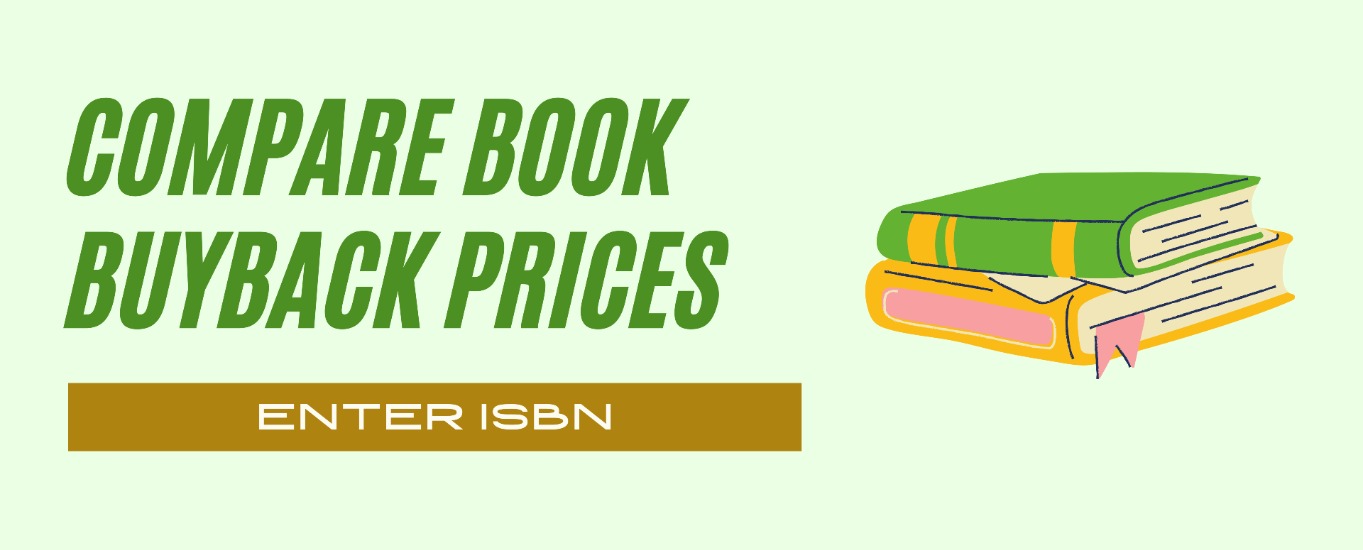For the most part, a book’s first edition holds more meaning to the book collectors than the publishers who printed it. There’s a reason for that.
The first printing represents only a small fraction of the overall number of book copies the publisher wants to sell. The collectors hope the first printing will be a long term investment.
So learning how to tell if a book is a first edition can earn you more in the long run.
A book’s first printing may include a few thousand copies. These copies are shipped out to various bookstores and sold. When that happens, publishers head back to the factory to begin a second printing to meet customer demands.
However, most publishers are not interested in rare and collectible books. And that is why they do not have a robust unified system of identifying first editions.
How Booksellers Identify First Editions
Dedicated collectors and professional booksellers take considerable time, knowledge, and resources to understand what a publisher might use to indicate the first printing. Every publisher has their unique way of identifying their book’s first printing.
To make things even more complicated, they periodically change their style of indicating first editions from time to time. The specifics of showing a particular book’s first printing usually benefit from using reference books. But there are some fundamental things to pay attention to.
Let’s go through those essential things to help you know how to tell if a book is a first edition.
What Is A First Edition Book?
A first edition refers to the first commercial print of a book. If that first batch of books sells out, the publishers print another book batch. The newly printed books will now be labeled as the second printing of the first edition. The first edition will be in play until the author changes the book.
If that happens, the publishers release another book, which becomes the second edition. Currently, the “first edition” has become massively known and accepted as “first edition, first printing” when you buy or sell books (although, technically speaking, that should not be the case).
How To Tell If A Book Is A First Edition
Number Lines

Typically, if you want to know how to tell if a book is a first edition, you must begin with the copyright page. That would be the first peek into the book’s lineage, and the page is generally on the verso of the title page. Publishers often use few methods to indicate where the copy falls in the book’s printing history.
A number line may show the printing and sometimes the year of publication. Think of it as an elimination game. The number line’s first number shows what printing that book copy was part of in most instances.
The publishers remove a number from the number lines every time they print a book. The lowest number found on the line usually indicates the book’s printing number. There is a variation on that theme, which is the letter row. “A” stands for the first printing, “B” stands for the second, etc.
Harper and Brothers used a unique two-letter code from 1912-122. The two-letter code stood for the month and year of publication. For example, A-M meant January-December, and M-W was the year 1921-1922.
In some cases, they change the number from the left side of the number line to the end side of the right side. That is because they have exhausted the left side. Here’s an example. A number line is usually presented as 123456789. The publishers switch it to 987654321 when they exhaust the right side through printing.
Remember that one side of the number line refers to the printing number, and the other side indicates the year the book was printed. The publishers remove the numbers and years as the book continues to make sales.
Summary
You will usually find a number line such as 123456789 or 987654321 in a published book. If “1” is present, regardless of the sequence, it usually means the book is the first edition. However, if the book has something like 3579846, it indicates the third printing, not the first. If you want to know how to tell if a book is the first edition, this is one of the easiest ways.
Understanding how to tell if a book is a first edition is crucial for book enthusiasts and collectors alike. First editions often carry a certain level of prestige as they represent the initial print run of a work, which can include unique features or errors that get corrected in subsequent editions.
Just as there are subtleties in identifying a first edition, there are complexities within the writing process itself. Did you know that many authors aren’t the sole creators of their works? Ghostwriting is a common practice in the literary world where an individual crafts content that is officially credited to another person, usually a high-profile figure. If you’re curious about this hidden side of authorship, you might want to check out Penfellow! The versatility and expertise of ghostwriters allow them to cater to a diverse range of clients and industries, providing a valuable solution for those in need of professional writing assistance.
Returning to the topic of first editions, sometimes you can see the word “First Edition” printed on a book page. It is often described as the “First edition stated” by numerous booksellers. “First Impression,” “First Published,” or “First Printing” are other ways that publishers use to indicate the first edition. However, they do not always suggest that the book is the first edition.
If the word “First Edition” is found on a book page with a number line, that number line should be complete. That means that the first number listed in the number line must begin with the first number for that publisher, which is usually “1”.
However, one famous example shows that publishers do not follow a unique first edition system. Random House began their number lines with “2” for their first editions in 1970 and 2002. During those years, a “1” meant a later printing. So it made it difficult if you wanted to know how to tell if a book is a first edition.
Other Things To Look For

You should first check the printing history page, but that should not be your last. Sometimes, the printing history will show you all the relevant information you may need, but other parts of the book can contradict that information.
Reprint houses such as Triangle Books, Sundial Press, Dunlap, etc., sometimes buy the original printing plates from the initial publisher. That means the reprinted edition would basically have the same edition identifiers on the copyright page.
Now, the test here is for you to compare that copyright page to the book’s spine. Usually, the reprint house would put their company name at the spine’s bottom. For example, if a copyright page indicates that a book is the first edition from Sundial Press, but the book’s spine shows that Triangle Books published it, the book is probably not the first edition. This is another effective way of how to tell if a book is a first edition.
If you’re not interested in the book for some reason, you can always recycle old books. All you need to know is to locate where to recycle books.
Conclusion
It takes years to build the knowledge necessary to help you determine first editions. You need regular exposure to the books to help you know how to tell if a book is a first edition. Hopefully, this guide can be a stepping stone to allow you to fish out first edition books.
You can recycle old books if you do not know what to do with them. There are numerous options available to choose from. You need to know where to recycle books and start making inquiries. If you want to sell textbooks for cash, you can contact us.
We make sure that the selling process is not tedious and burdensome. And we get you the highest offer on the market. Get in touch now, and we will help you sell your books. If you have any questions concerning how to tell if a book is a first edition, send us a message. We will get back to you.



